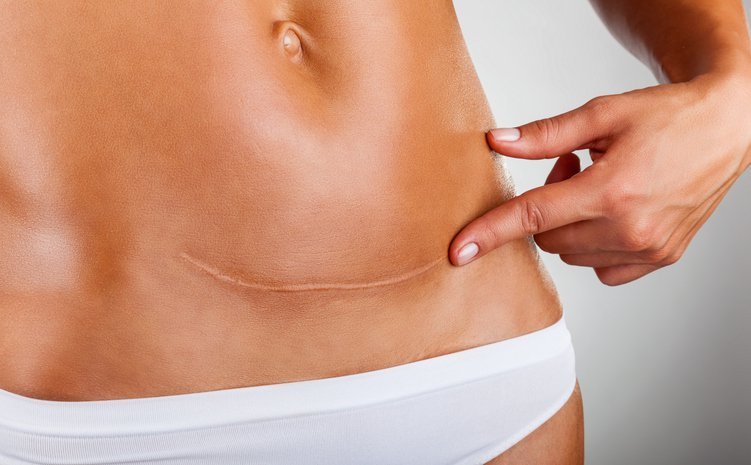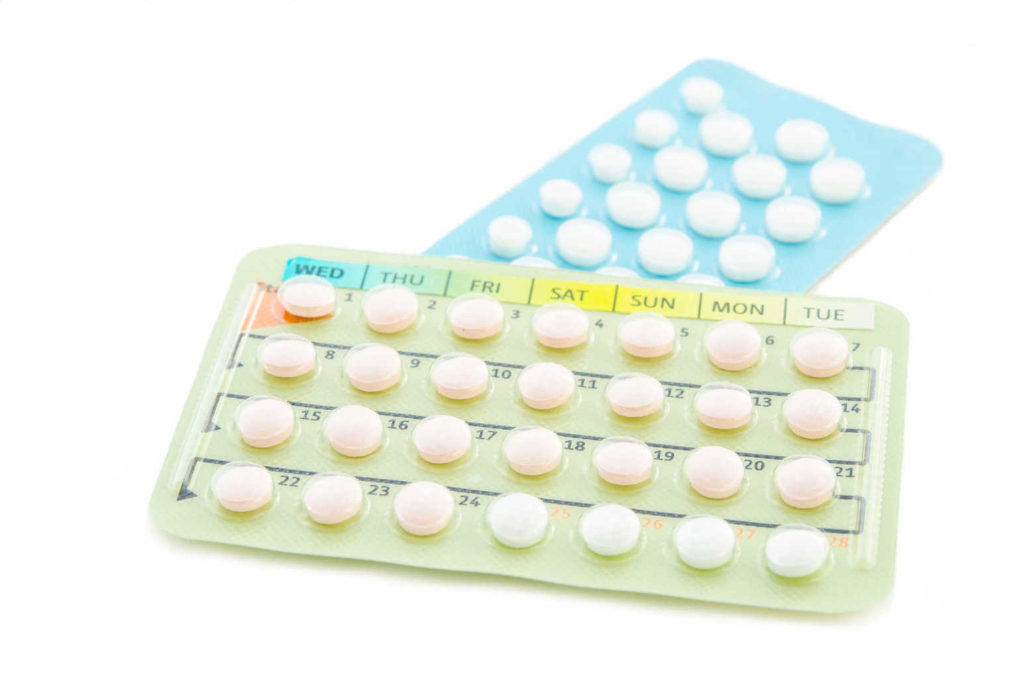Contents:
- Medical Video: Incision Care Discharge Instructions
- What is a caesarean scar like?
- 1. Horizontal
- 2. Vertical
- How do you treat a caesarean scar?
- What can I do to speed up wound healing?
- Do not let you experience fatigue
- Support your stomach
- Eat well and drink plenty of fluids
- Keep your cuts clean
- Keep air circulation in the wound
- Meet your appointment with a doctor
Medical Video: Incision Care Discharge Instructions
At the time of a caesarean section you may not feel the slightest pain due to the influence of the anesthetic injected in you before the operation. However, after completing surgery, the effect of the anesthetic will eventually disappear and you begin to feel pain. Therefore, you need to recover a few days in the hospital until your condition recovers.
Not only that, caesarean section also carries scars on your stomach. Yes, during a caesarean section, your stomach is slashed by using a special tool and then after it is closed again, leaving a scar.
What is a caesarean scar like?
At first, the scars will appear slightly, swollen, and the color will be darker than your other skin. The scar of a caesarean section is about 10-15 cm long and about 0.3 cm wide. However, over time, the width of this scar will also shrink and the color will match your actual skin color, approximately about 6 weeks after a caesarean section.
There are two forms of caesarean section scars, namely:
1. Horizontal
Horizontal or transverse incisions are the most commonly found now, more than 95% of caesarean section implement this incision. A horizontal incision is made across the lower abdomen or at the lowest part of your uterus. This incision makes bleeding less. Also, the chances of you having a normal delivery after a caesarean section with this incision can be even greater.
2. Vertical
Vertical incisions are mostly done in ancient caesarean section, now there are few doctors who apply this vertical incision. Vertical incisions are usually applied to certain cases, such as if you already have a previous Caesarean scar with a vertical shape, if the baby is low in the womb or in an unusual baby position, or in an emergency that requires immediate labor, such as bleeding great because of placenta previa.
A vertical incision is formed in the middle of the abdomen, usually below the navel to the line of your pubic hair. This incision may be more painful and requires more time in healing.
If you want to have a normal delivery after a cesarean section with this incision, then your risk of complications is greater during normal labor (such as uterine rupture). However, you need to know, usually the incision in your stomach is not the same as the incision in your uterus (the doctor does an incision twice in the abdomen and uterus during a caesarean section).
How do you treat a caesarean scar?
Please note that the doctor closes your incision during a caesarean section can be in three ways, namely:
- Staples. Closing the incision with skin staples is the easiest and fastest way to do it. Before you leave the hospital, the doctor will remove the staples from your incision.
- Stitching. This method takes about 30 minutes and is done using needles and threads. These stitches will then blend together with your skin. There is research that this method is a better way to do it. The 2014 study showed that women whose sutures were closed by stitching were less likely to be 57% to develop wound complications compared to women who used staples to close the sutures.
- Glue. Special glue is used to cover the wound so that the skin reunites. Some experts say that this method can heal wounds faster and leave a better scar. Doctors will use the glue method with certain factors, such as how a caesarean section is performed, whether it is done with a horizontal incision, and the consistency of your skin and belly fat.
Before you are discharged from the hospital, your incision scar will be covered with paper such as a ribbon known as Steri-Strips. This tape is useful for protecting your wounds to remain closed and clean, and will detach itself for about 1 week. During healing, maybe you will feel itchy and this is normal.
In order for your scars to heal quickly, you are advised not to lift anything heavy for approximately the first 2 weeks after a caesarean section. While waiting for the scar to heal, you can take a shower with soap without rubbing your scar. The tape that covers your scars is fine if it's wet from a shower, but it's not recommended for you to soak or swim.
After about 6 weeks, your scar will heal and you can carry out your activities as usual. Even though your scar has healed or dried, but maybe the color is still a little reddish. This is a normal thing. It takes 6 months until the color of the wound fades, becomes paler, and almost matches your actual skin color.
What can I do to speed up wound healing?
There are a number of things you can do to help your body heal scars from cesarean section faster, namely:
Do not let you experience fatigue
Take as much rest as possible. Place everything you and your baby need close to you. Also, avoid lifting heavy items, heavy housework, or large movements that allow stretching of scarred skin or irritating scars during the first six weeks.
Support your stomach
Use good posture when standing or walking. Hold your stomach a little near the incision as long as you make sudden movements, such as sneezing, coughing, or laughing.
Eat well and drink plenty of fluids
So that your body has the right nutrients for healing and can grow healthy tissue. Drinking lots of fluids can help the fluid lost during childbirth and breastfeeding, it can also help prevent constipation.
Keep your cuts clean
Maintaining cleanliness during the initial healing period is useful to prevent infection. When bathing, you can wash it using water and a little soap, rub it gently. When finished, dry it with a clean towel enough to pat it gently.
Keep air circulation in the wound
Do not cover the wound too much, so that the wound is not exposed to air. In fact, air can encourage wound healing. You can wear clothes slightly loose at night to maintain air circulation in the wound.
Meet your appointment with a doctor
If your incision is closed with stitches that do not blend with the skin, you should check with your doctor regularly, so that the stitches can be removed and your scar can heal quickly. If the incision is red, swollen, or secretes fluids; You have a high fever; and you feel pain in the area around the incision, you should discuss with your doctor.
READ ALSO
- What Happens to Mothers After Caesarean Section?
- Is it true that children born through cesarean are at risk for type 1 diabetes?
- Strengths and Disadvantages of Normal Childbirth vs. Caesarean Section












